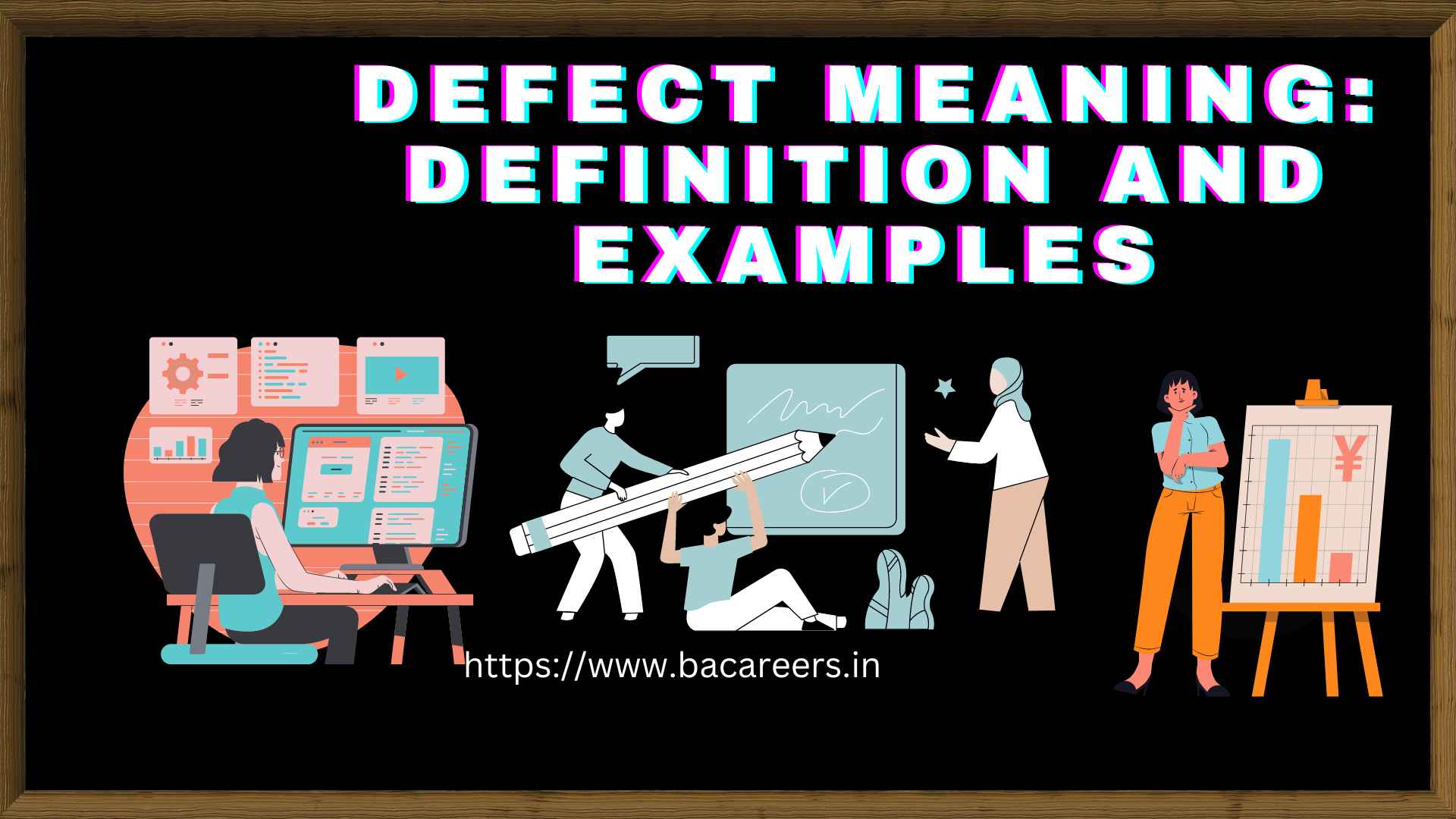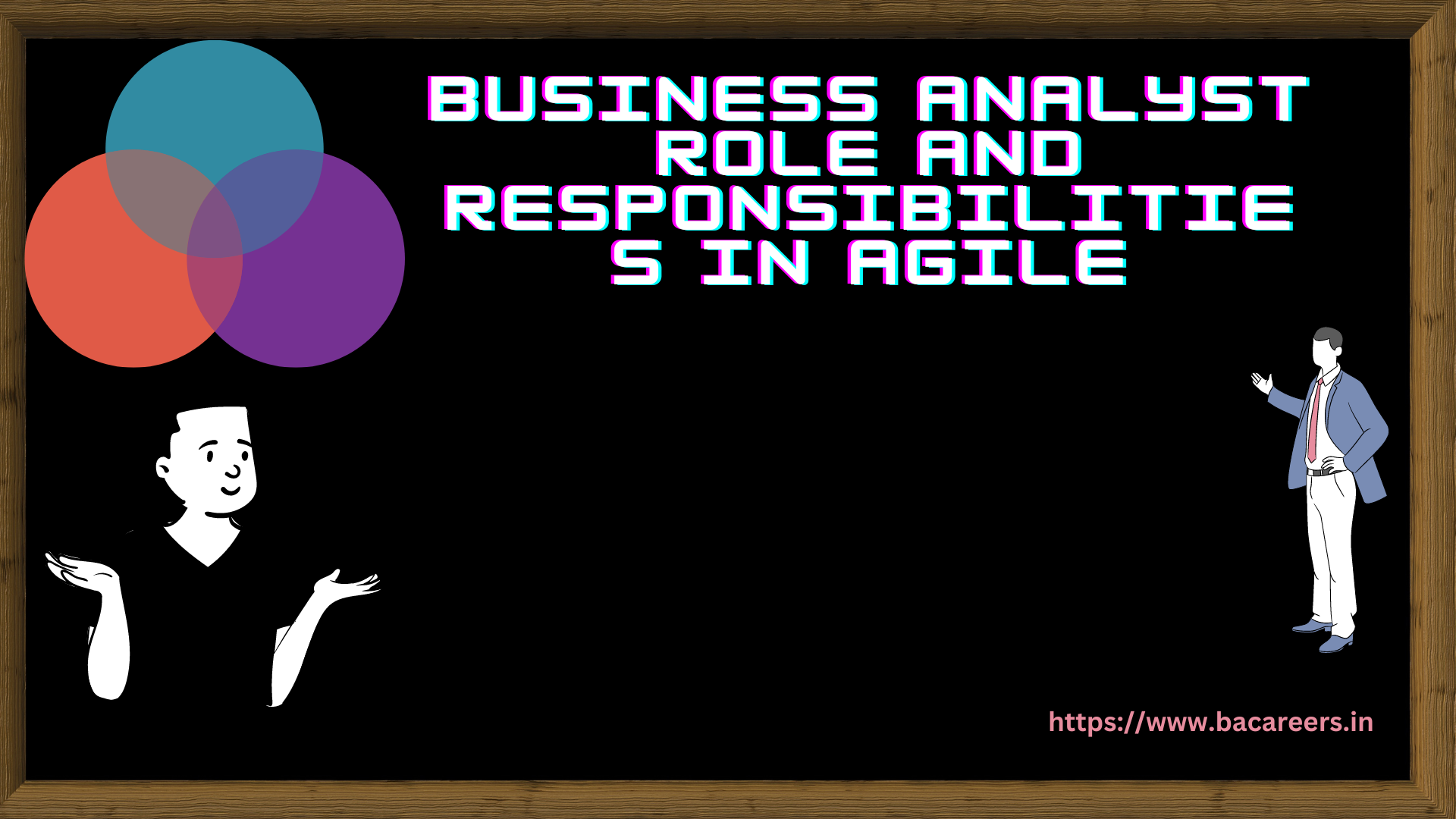Let us discuss in detail what is Business Analyst Job description in this article.
Topics Covered in this Article.
1. Business Analyst Job Description.
2. Key Responsibilities of Business Analyst
Analyze business processes and identify areas for improvement.
Gather and document requirements from stakeholders.
Develop and maintain project plans and timelines.
Conduct feasibility studies and cost-benefit analyses.
Collaborate with cross-functional teams to ensure project success.
3. Important Articles

System Analyst Job Description : If you’re interested in a career as a business analyst, it’s important to understand the job description and responsibilities. A business analyst is responsible for analyzing data, identifying problems, and developing solutions to improve business processes and operations. In this guide, we’ll break down the top 10 responsibilities of a business analyst and provide a detailed overview of the job description.
Analyze business processes and identify areas for improvement.
One of the key responsibilities of a business analyst is to analyze current business processes and identify areas for improvement. This involves gathering data, conducting research, and working with stakeholders to understand the current state of the business. Once areas for improvement have been identified, the business analyst will develop and recommend solutions to address these issues and improve overall business performance. This requires strong analytical skills, attention to detail, and the ability to think critically about complex business problems.
Gather and document requirements from stakeholders.
Another important responsibility of a business analyst is to gather and document requirements from stakeholders. This involves working closely with various departments and individuals within the organization to understand their needs and goals. The business analyst will then document these requirements in a clear and concise manner, ensuring that all stakeholders have a clear understanding of what is needed. This is a critical step in the development of any new business process or system, as it ensures that everyone is on the same page and working towards the same goals.
Develop and maintain project plans and timelines.
A business analyst is responsible for developing and maintaining project plans and timelines. This involves working closely with project managers and other team members to ensure that all tasks are completed on time and within budget. The business analyst will also monitor progress and make adjustments as necessary to ensure that the project stays on track. Effective project planning and management are essential for the success of any business initiative, and the business analyst plays a key role in ensuring that projects are completed on time and within budget.
Conduct feasibility studies and cost-benefit analyses.
One of the key responsibilities of a business analyst is to conduct feasibility studies and cost-benefit analyses. This involves evaluating the potential costs and benefits of a proposed project or initiative, and determining whether it is feasible and financially viable. The business analyst will gather and analyze data, identify potential risks and challenges, and make recommendations to stakeholders based on their findings. This information is critical for decision-making and helps ensure that resources are allocated effectively.
Collaborate with cross-functional teams to ensure project success.
Another important responsibility of a business analyst is to collaborate with cross-functional teams to ensure project success. This involves working closely with stakeholders from different departments and areas of expertise to identify project requirements, develop project plans, and ensure that all parties are aligned and working towards the same goals. The business analyst will also facilitate communication and collaboration between team members, and help resolve any conflicts or issues that arise during the project lifecycle. Effective collaboration is essential for achieving project success and delivering value to the organization.
Important Articles
Business Analyst Roles and Responsibilities , job description and duties
What is the role of a business analyst in a migration project?
We hope this article helped you to provide overview on Business Analyst Job Description.

Business Analyst , Functional Consultant, Provide Training on Business Analysis and SDLC Methodologies.


















